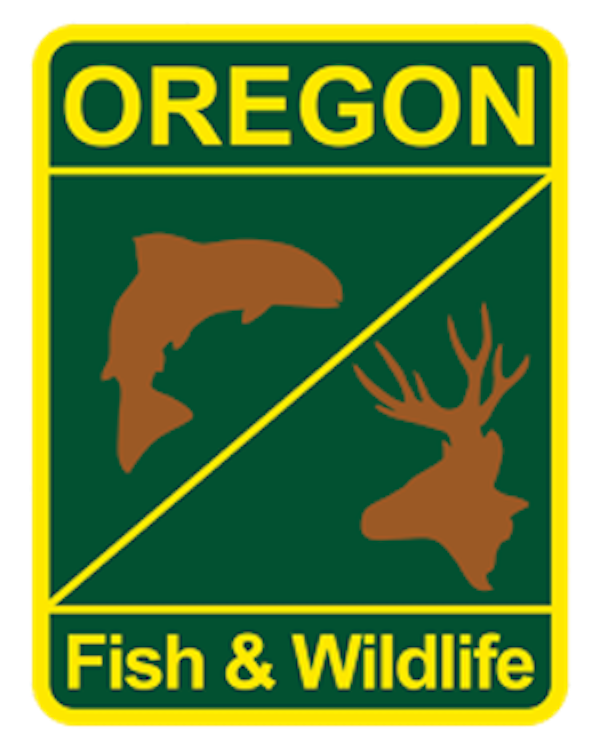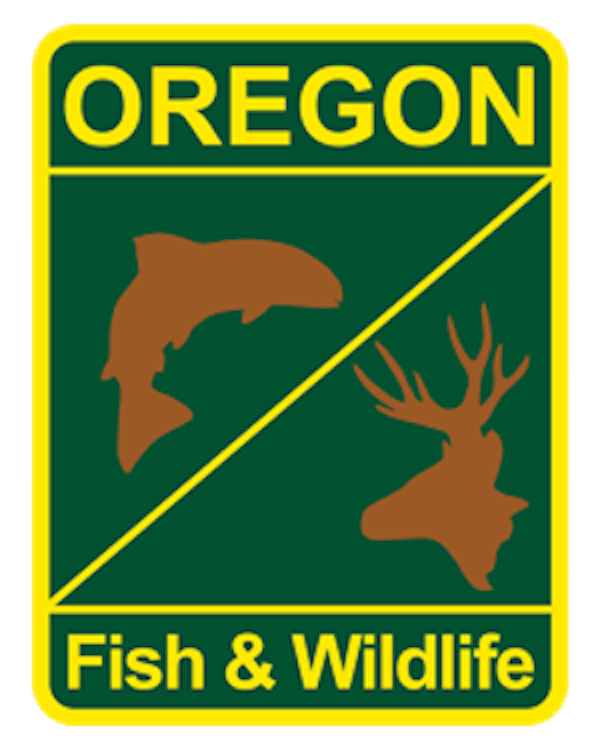Idaho Fish Report
Elk hoof disease confirmed for first time in Douglas County

by OR Department of Fish & Wildlife Staff
4-7-2020
Website
ROSEBURG, Ore – ODFW veterinarians recently confirmed the presence of elk hoof disease for the first time in Douglas County and are asking the public to report limping or lame elk.
A hunter harvested adult cow elk seen limping in the Indigo Unit east of Sutherlin tested positive for Treponeme Associated Hoof Disease (TAHD), often referred to as elk hoof disease. It is the first known elk to test positive for this disease in Douglas County and is the southern-most location of a confirmed case in Oregon.
Two more elk from this herd that had also been observed limping are currently being tested, and another elk from north of Oakland (also in Douglas County) tested positive for TAHD.
TAHD is a bacterial-associated syndrome, and elk with the disease can have deformed, overgrown, broken, or sloughed hooves. These lesions can be painful and cause limping or lameness when walking.
Elk that show these signs do not necessarily have TAHD as there are many other diseases or injuries that can cause similar abnormalities to elk hooves. Other wild cervids (deer and moose) have not been shown to be susceptible to this same disease syndrome. ODFW is asking the public to use an online form to report limping elk or those with visibly abnormal hooves or call our Wildlife Health Lab at 1-866-968-2600.
It is still unknown how the disease is spread but is believed to be maintained and/or transferred in moist soil via the hooves of infected elk and potentially other wildlife or domestic livestock. Although cattle and sheep have been diagnosed with similar disease syndromes caused by the same family of bacteria, transmission between elk and these animals has not been documented.
The meat of elk with TAHD is safe to eat as the bacteria does not infect the meat or organs of the animal. However, it is still important to follow proper meat handling guidelines.
For maps of confirmed TAHD locations in Oregon and more information, read our TAHD fact sheet online.

